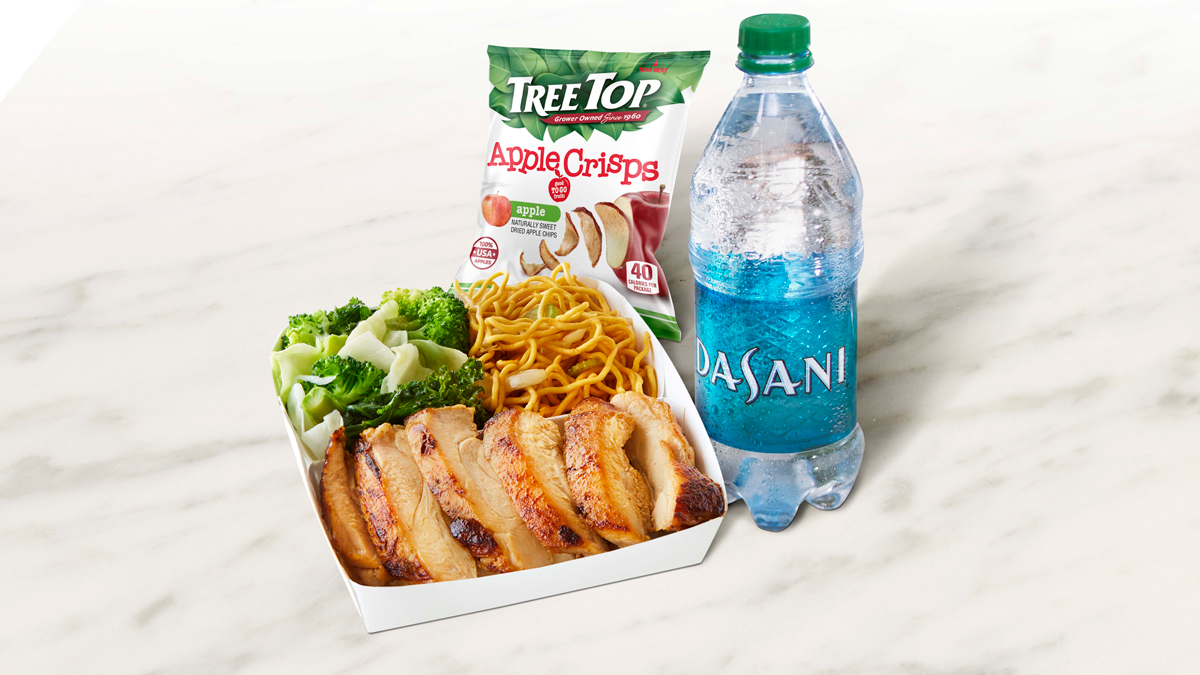7 Ways Restaurants Can Continue to Compete
Creative restaurateurs are tapping into culinary innovation and cultivating off-premises capabilities, making the best of a challenging market situation—and managing to offer grocery retailers some competition.

February 2022
Volume 76, No. 1
Confronted with consumer concerns about dining out as the Omicron-fueled pandemic rages on, foodservice operators continue to feel the impact of COVID-19. Half of adults are still eating out less often than before the pandemic; one-quarter say they are “definitely avoiding” eating out, Datassential reports. By late October 2021, 80.3% of all meals were prepared at home, up from 76.6% in July, according to an International Dairy Deli Bakery Association webcast.
The cost of doing business has increased for foodservice operators, and higher menu prices have caused a downturn in restaurant revenues when adjusted for inflation, according to the National Restaurant Association. Nonetheless, culinary creativity and off-premises capabilities can make restaurants formidable foes for grocery retailers.
Off-Premises Growth. For the third quarter of 2021, Noodles & Co. reported a 16.3% increase in same-store sales; Chipotle Mexican Grill same-store sales grew by 15.1%; KFC, +13%; El Pollo Loco, +9.3%; and Taco Bell, +8%.
Off-premises orders (e.g., carryout, drive-thru, and delivery) continue to drive restaurant sales; off-premises sales were up 20% for the year ending September 2021 versus 2019, while dine-in/on-premises visits were still down—by 48%, according to NPD/CREST. Off-premises traffic in casual dining increased to 80% of traffic.
Over half (55%) of adults choose foodservice for more exciting fare and dishes that are difficult to make at home, according to Datassential. One-third look for indulgent menu items to treat themselves, one-quarter look for appetizers or desserts, and one in five seek out unique alcoholic drinks, chef-inspired dishes, and trendy ingredients, according to Datassential. Three-quarters prefer to source global cuisines from restaurants.
Global Cuisine. In one Datassential survey, more than one-third (37%) of respondents said they ate a globally influenced food that was beyond mainstream Chinese, Italian, or Mexican within the prior week. Among Gen Zers, that total was 58%; for millennials, 48%; for Gen X, 34%; and for boomers, 19%.
Japanese fare, followed by Korean, French, Jamaican, Chinese, Mediterranean, Middle Eastern, Indian, Greek, Cuban, and Thai are the most preferred away-from-home options, according to Datassential. American Culinary Federation (ACF) chefs surveyed by the National Restaurant Association list cuisine from Southeast Asia (Viet Nam, Singapore, and the Philippines); South America (Argentina, Brazil, and Chile); and the Caribbean (Puerto Rico, Cuba, and the Dominican Republic) as the top three hot global trends for 2022.
Sushi, wontons, Cuban sandwiches, chalupa, calzones, pad thai, Korean BBQ, and crab rangoon are among the foods Americans most want to have away from home; crème brulée, cannoli, tiramisu, and gelato are the top desserts, per Datassential.
Appetizers. Upscale potato chips, plant-based wings, and globally spiced fries are among the top appetizer trends that ACF chefs forecast for 2022. Falafel jumped 30% on menus over the past four years, and arancini was up 24%, Datassential reports.
Comfort Food. ACF chefs predict that comfort foods will be No. 3 on the list of 2022’s hottest menu trends. In 2021, 7.6 billion burgers were ordered versus 2.9 chicken sandwiches, per NPD/CREST. Salad, sandwiches, burgers, pizza, bowls, wraps, tacos, fried chicken, mac & cheese, and parmigiana comprise the list of top 10 most menued items, per Datassential.
Innovative Options. True innovation is driving sales. Cracker Barrel Old Country Store’s Cinnamon Roll Pie adds a dessert course to breakfast. Domino’s is delivering Oven-Baked Dips paired with its signature bread twists; they are available in two savory flavors and one sweet flavor.
The spicy Cajun Filet Biscuit with Pimento Cheese from Bojangles is an early morning eye-opener as is Another Broken Egg Rum Cake French Toast. IHOP is testing a Bubbles, Wine & Brew Menu that features mimosas, wine, and beer.
Lunch. Plant-based sandwiches, globally inspired salads, and grain-based bowls are the hot lunch trends ACF chefs are forecasting for 2022. According to Datassential, 37% of restaurant menus feature a vegetarian callout, 18% call out vegan, and 4.7% highlight plant based.
Kid Menus. One-quarter of diners say kid friendliness is now very important when selecting a limited-service restaurant, according to Technomic. Chicken bowls, basmati rice, waffle fries/seasoned fries, cheese steak, pho, churros, grilled shrimp, falafel, and hummus have been among the fastest-growing kids’ menu items over the past four years, Datassential reports.
Restaurant brands are going retail across dayparts. Kellogg’s introduced Wendy’s Frosty Chocolatey Cereal. Red Lobster rolled out frozen Cheddar Bay Biscuits. Sonic Drive-In took its signature Ocean Water, Cherry Limeade, and Strawberry Lemonade into the drink mix category.
Although one-third of consumers plan to try new foods/flavors they never had before this year, demand needs to be measured against affordability, value, and risk. Mintel reports that barriers to flavor trial are highest for seniors (59%) and boomers (50%), followed by Gen X (48%), Gen Z (45%), and millennials (39%).
For an in-depth look at the ways that the unrelenting COVID-19 pandemic and the uncertain economy are affecting consumer behavior—and how food and beverage companies should respond to that—see the February 2022 issue of Food Technology.
Digital Exclusives

10 Food Trend Predictions for 2022
The editors at Food Technology magazine, published by the Institute of Food Technologists (IFT), have announced their predictions for the hottest food trends for 2022.
Food Technology Articles

How to Formulate for Food Intolerances
In this column, the author describes the global prevalence of food intolerances and provides insight into state-of-science ingredient replacement and removal methods when formulating gluten-free and lactose-free foods.

Vickie Kloeris Shares NASA Experiences in New Book, Consumers Are Confused About Processed Foods’ Definition
Innovations, research, and insights in food science, product development, and consumer trends.

Top 10 Functional Food Trends: Reinventing Wellness
Consumer health challenges, mounting interest in food as medicine, and the blurring line between foods and supplements will spawn functional food and beverage opportunities.

Whipping Up a Bright New Idea
A profile of whipped cream category innovator Whipnotic.

Better-for-you products on display at Natural Products Expo West
A photo overview of products shared at the 2024 Natural Products Expo West in Anaheim, Calif.
Recent Brain Food

A New Day at the FDA
IFT weighs in on the agency’s future in the wake of the Reagan-Udall Report and FDA Commissioner Califf’s response.
Members Say IFT Offers Everything You Need to Prepare for an Uncertain Future
Learn how IFT boosts connections, efficiencies, and inspiration for its members.

More on the FDA's Food Traceability Final Rule
In a new white paper, our experts examine the FDA’s Food Traceability Final Rule implications—and its novel concepts first proposed by IFT.
Job Satisfaction in the Science of Food is High but Hindered by Pain Points
IFT’s 2022 Compensation and Career Path Report breaks it down.






